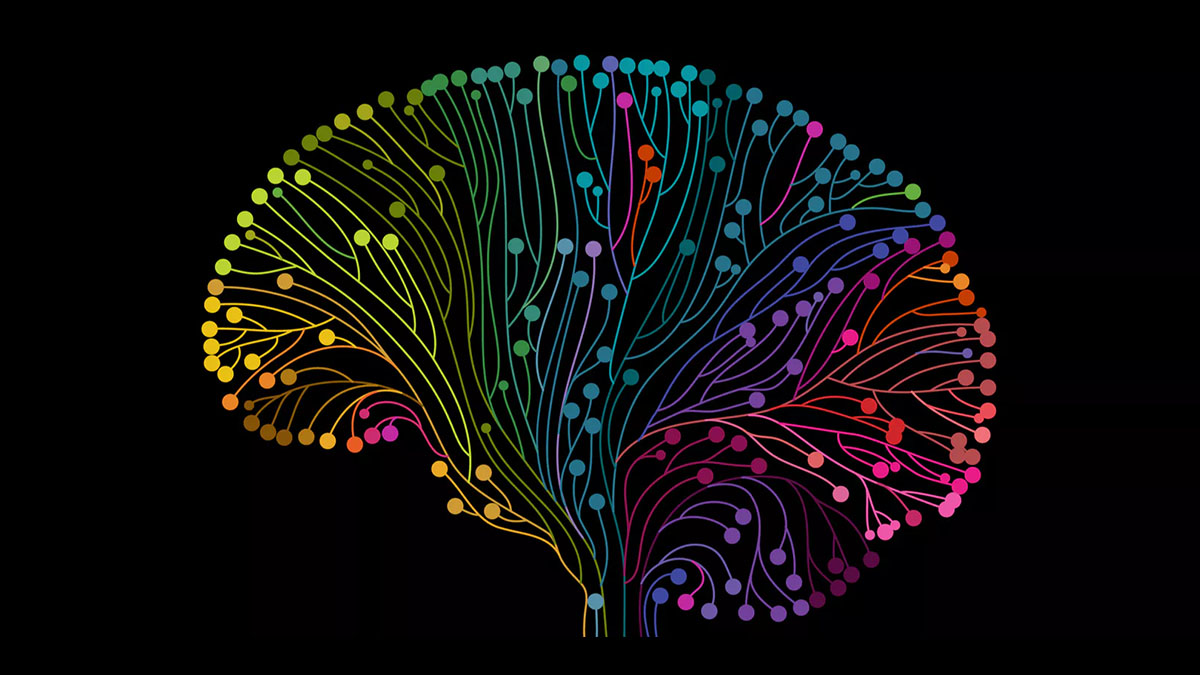why simulation is not emulation

Whenever I write a post about why you can’t just plug a human brain or a map of it into a future computer and expect to get a working mind as a result, two criticisms inevitably get sent to both my inbox and via social media. The first says that I’m simply not giving enough credit to a future computer science lab because the complexity of a task hasn’t stopped us before and it certainly won’t stop us again. The second points to a computer simulation, such as the recent successful attempt to recreate a second of human brain activity, and say it’s proof that all we need is just a little more computing oomph before we can create a digital replica of the human brain. The first criticism is a red herring because it claims that laying out how many proponents of this idea are severely underestimating the size and scope of the problem is the equivalent of saying that it’s simply too hard to do, while the actual argument is that brains don’t work like computers, and to make computers work more like brains can only get you so far. The second criticism, however, deserves a more in-depth explanation because it’s based on a very hard to spot mistake…
You see, we can simulate how neurons work fairly accurately based on what we know about all the chemical reactions and electrical pulses in their immediate environment. We can even link a lot of them together and see how they’ll react to virtual environments to test our theories of the basic mechanics of the human brain and generate new questions to answer in the lab. But this isn’t the same thing as emulating the human brain. If you read carefully, the one second model didn’t actually consider how the brain is structured or wired. It was a brute force test to see just how much power it should take for a typical modern computer architecture to model the human brain. And even if we provide a detailed connectome map, we’ll just have a simulated snapshot frozen in time, giving us mathematical descriptions of how electrical pulses travel. We could use that to identify interesting features and network topologies, but we can’t run it forward, change it in response to new stimuli at random, and expect that a virtual mind resembling that of the test subject whose brain was used would suddenly come to life and communicate with us.





